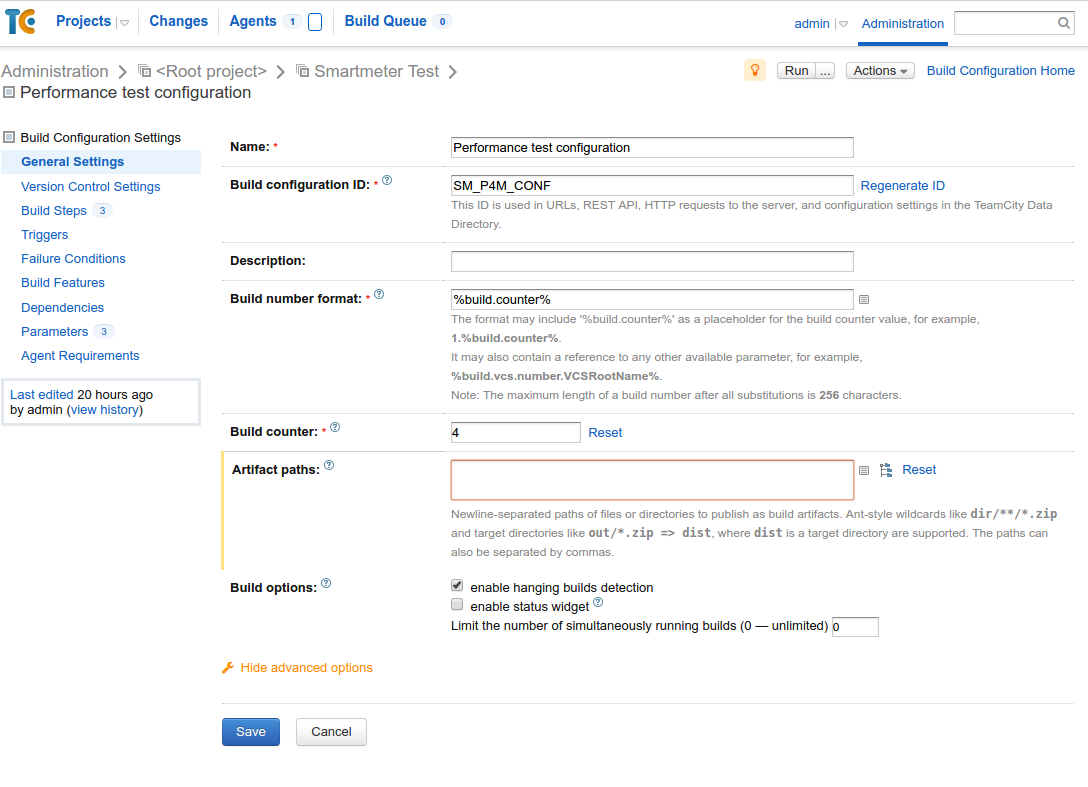
#Teamcity artifact paths pro

If both snapshot and artifact dependency are configured, and the ‘ Build from the same chain’ option is selected in the artifact dependency settings, TeamCity ensures that artifacts are downloaded from the same-sources build. When to use ” build from same chain ” in TeamCity? For example, for Maven builds, TeamCity creates the maven-build-info.xml file that contains Maven-specific data collected during the build. In addition to user-defined artifacts, TeamCity also generates and publishes some artifacts for internal purposes. Which is an example of a hidden artifact in TeamCity?

#Teamcity artifact paths install
Install the tool on all the agents that will run the build. Create a separate build configuration with a single “fake” build which would contain required files as artifacts, then use artifact dependencies to send files to the target build.
#Teamcity artifact paths how to
How to create a fake TeamCity 7.x build?Ĭheck in the tool into the version control and use relative paths. You can choose when to publish artifacts: for all completed builds, only for successful builds, or for all builds, even the interrupted ones. The matching files are then uploaded (“published”) to the TeamCity server, where they become available for downloading through the web UI or can be used in other builds using artifact dependencies. Where do you publish artifacts on TeamCity server? The name should be relative to the build checkout directory. The artifacts can be deployed to Kubernetes or App Engine, and generally trigger pipelines from notifications sent by their registry.Īrtifact Paths Build artifacts are files produced by the build which are stored on TeamCity server and can be downloaded from the TeamCity web UI or used as artifact dependencies by other builds. Docker image artifacts are used as references to images in registries, such as GCR, or Docker Hub. More on the patterns can be found in TeamCity documentation, Artifact Paths and Artifact Dependency. The producerRules and consumerRules patterns define the paths of build output artifacts collected from a producing build and the paths the artifacts are written to for a consuming build.

In a server or cloud run/debug configuration, specify the artifact to be deployed.How do you deploy artifacts?ĭeploy artifacts to application servers and cloud platforms Attics are generally too hot for most artifacts. Destination path: bin We use a mixture of MSBuild and PowerShell for doing the actual deployment work. Set that build parameter to an empty string. Set up the artifact dependency (we also do a snap shot dependency as well but you dont have to) to pull your artifacts from the main build and put them into a local folder in your deployment build. Typically, metal artifacts should be stored in living areas, which are much dryer then sheds garages or basements. On the General Settings > Artifacts paths enter some build parameter reference: enter image description here.


 0 kommentar(er)
0 kommentar(er)
